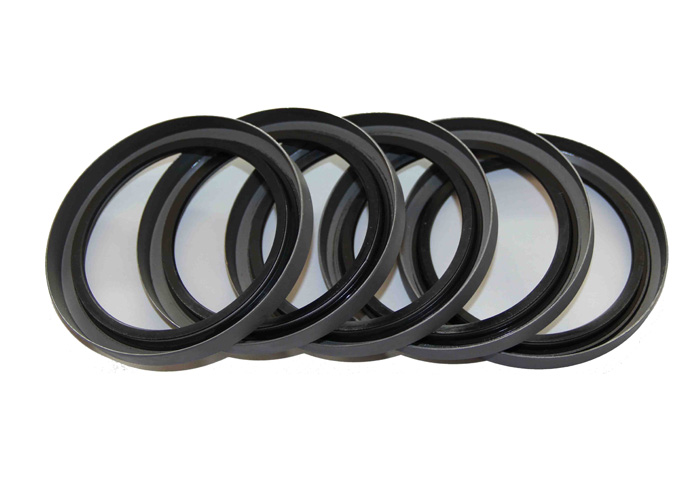Product Series
News
Sealing principle and performance of skeleton oil seal
Update:2018-08-15
The structure of the skeleton oil seal is actually very simple. It is generally composed of three parts, an oil seal body, a reinforcing skeleton and a self-tightening coil spring. The seals can be divided into different parts according to different parts, such as the bottom, the waist, the cutting edge and the sealing lip. The structural design of the seal directly affects the "sealing effect" of the oil seal, and the reasonable design and considerations will improve sealing performance.
First, how does the skeleton oil seal work? What is the sealing principle?
When the skeleton oil seal is in the free state, the inner diameter of the oil seal lip is smaller than the shaft diameter and has a certain amount of interference. After the installation, the interference pressure of the oil seal edge has a certain radial tightening force on the rotating shaft.
After a period of motion, the pressure will decrease rapidly, and the contraction force of the self-tightening coil spring can compensate the oil seal self-tightening force at any time, and the two together work to generate radial pressure. During operation, the oil seal lip forms a 0.25-0.5mm wide sealing contact ring under the action of radial pressure.
Under the action of the lubricating oil pressure, the oil penetrates into the edge between the cutting edge and the rotating shaft to form a very thin layer oil film. Prevent leakage of the working medium to achieve sealing of the rotating shaft.
Second, what are the sealing performance of the skeleton oil seal?
1. The sealing ability of the skeleton oil seal depends on the thickness of the oil film on the sealing surface. If the thickness is too large, the skeleton oil seal leaks.
2. If the thickness is too small, dry friction may occur, causing oil seal or rotating shaft wear.
3. There is no oil film between the sealing lip and the shaft, which is easy to cause heat and early wear.
4. Skeleton oil seal and shaft line and vertical. If the seal lip of the oil seal is not vertical, the lubricant will be drained from the shaft, which will lead to excessive wear of the seal lip.

